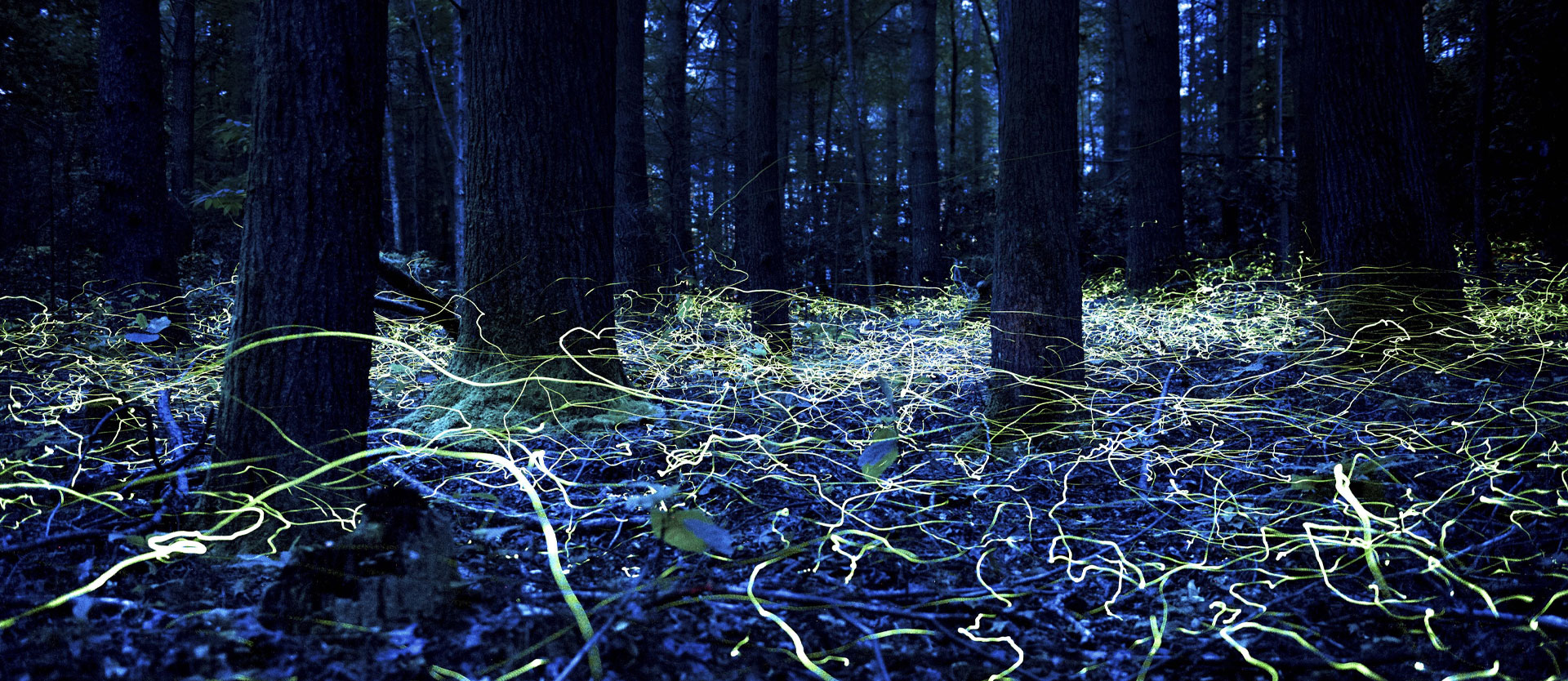
Fireflies under threat

The bright trails recorded by the camera are the work of the males of the species. Flying close to the ground, they emit long-lasting bioluminescent signals, intended to attract the interest of their female conspecifics. The females remain in the undergrowth, because they lack wings, but they betray their presence by sending out luminescent “call signs”. Needless to say, the mating season is in full swing.
Similar light shows can be seen in forests in many parts of the world, including Mexico, Taiwan and Malaysia. During the respective mating seasons, these nocturnal displays attract tourists. Indeed, firefly tourism has now become an integral part of the international travel industry. Now, a multinational team of biologists, led by Sara Lewis, a biology professor at Tufts University in Boston, has thrown new light on the phenomenon.
In the journal Conservation Science and Practice, Lewis and her colleagues report that on the order of 1 million people now visit firefly hotspots around the world every year to view – and delight in – the bioluminescent displays given by a dozen or so species. Given this level of interest, it is not surprising that the visitors now present a threat to the health of the habitats that attract them and therefore to the survival of the insects.
Unlike many other insect species, the larval stage is by far the longest phase in the four-stage life cycle of in firefly species. They need several months or even years to mature into the adult reproductive stage. As a result, they spend most of their lives underground or hidden in the leaf debris on the forest floor, and in some cases, even underwater. This lifestyle makes them especially vulnerable to the environmental disruption that the periodic influx of large numbers of tourists inevitably causes to the insects’ fragile habitats.
Original Publication:
Sara M. Lewis, Anchana Thancharoen, Choong Hay Wong, Tania López‐Palafox, Paola Velasco Santos, Chiahsiung Wu, Lynn Faust, Raphaël De Cock, Avalon C. S. Owens, R. Harvey Lemelin, Hum Gurung, Wan F. A. Jusoh, Daniel Trujillo, Vor Yiu, Pablo Jaramillo López, Soraya Jaikla, J. Michael Reed
Firefly tourism: Advancing a global phenomenon toward a brighter future
Conservation Science and Practice, 11 March 2021












